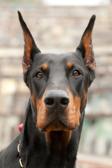
Review on 📷 Enhanced Imagelab FS5CO5 Slide and Negative Scanner - 5 Megapixel for Superior Scanning by Rick Turner

Dirty Imagelab isn't ergonomic either S/b ImagINE Lab
When dust gets into the Imagelab FS5CO5 gizmo - and it definitely will - there seems to be no way to blow it out. You have the same stains on all your negatives. The negative and slide holders are difficult to open. For slides: The image size obtained (left and right edge) does not match what is displayed on the small LED screen. . it crops part of the edge of the image. In other words, the aspect ratio of 35mm slides and negatives does not match the aspect ratio of the device's LED screen. Only 3 slides fit in one slide. If it were 4 I would probably save 2 days of scanning (I scanned a lot of slides). With some slides on glass, the slide holder cannot be closed and must therefore be opened for scanning. For negatives"asterisks" on the negative holder do not line up with holes in the 35mm film! Introduce yourself! You cannot use negative media with filmstrips longer than 4 frames. Only about 5% of my negative bars were as short or even shorter. In order to use the media, you must edit the film. Short strips of 1 or 2 images are difficult to fit into the media because the "stars" on the negative media do not line up with the holes as advertised. Miscellaneous: The interior lighting of my device sometimes flickered. Scanning the same image twice does not guarantee identical images. Color may vary. The cut may vary. There may be minor design improvements that increase the usefulness of this device. Image Quality: Because I had to remove a lot of dust artifacts with PhotoShop, many images suffered as a result. Design: Small (not suitable for 35mm format) LCD is a farce. The optical system, perhaps a simple magnifying glass, would be cheaper to manufacture, less obscured, more useful, clearer, and easier to use than a small LCD screen. difficult to open. At least there could have been a small notch for a fingernail to snap the flip-top into place. easy to do but mindlessly missed. The lack of a FLIP/ROTATE function causes me a lot of horror and time. It's often not easy to tell if a slide is upside down - you get a sense that something is crooked, but often you can't tell until you flip it to see it properly. I find that most scanned images from a scanner require adjustments in PhotoShop or some image editing software for example. This is especially true with old slides/negatives as the film will naturally degrade and change color and tone over time. The initial sharpness of the images also seems to suffer. Then there are dirt and scratches. So allow some time to convert your photos. You can also take the opportunity to convey abbreviated information about your slides by giving the files descriptive names—names that will stay in the correct sorting order once they're placed in a folder on your computer. the only similar device I have used; I cannot compare myself to others. I had other complaints, but now I've forgotten them, - said Nuff.
- Lots of good vibes
- ---
New products
Comments (0)
Top products in 🔍 Slide & Negative Scanners

📷 Pandigital Photolink PANSCN05 One-Touch 4x6 Photo, Slide, and Negative Scanner (Discontinued)

10 Review

🔍 Enhanced Viewing Experience: Pana-Vue 2 Illuminated Slide Viewer with AA Batteries and Microfiber Cleaning Cloth

9 Review
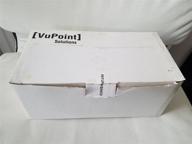
📸 Transform Your Memories: VuPoint Solutions Digital Film and Slide Converter (FC-C520-VP)

9 Review
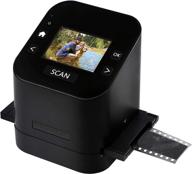
Magnasonic All-In-One Film and Slide Scanner

9 Review
Another interesting products
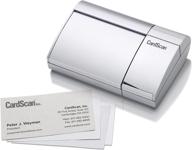
📇 DYMO Canon CardScan Personal v8 Card Scanner compatible with 32-bit operating systems

9 Review
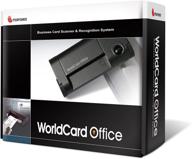
💼 Compact Business Card Scanner: WorldCard Office Mini

7 Review
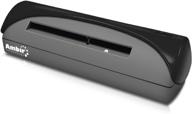
📇 A6 Card Scanner - Ambir Technology PS667 Simplex

8 Review
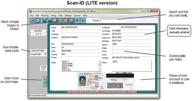
💳 Windows Medical Insurance and ID Card Scanner with Scan-ID LITE

10 Review

